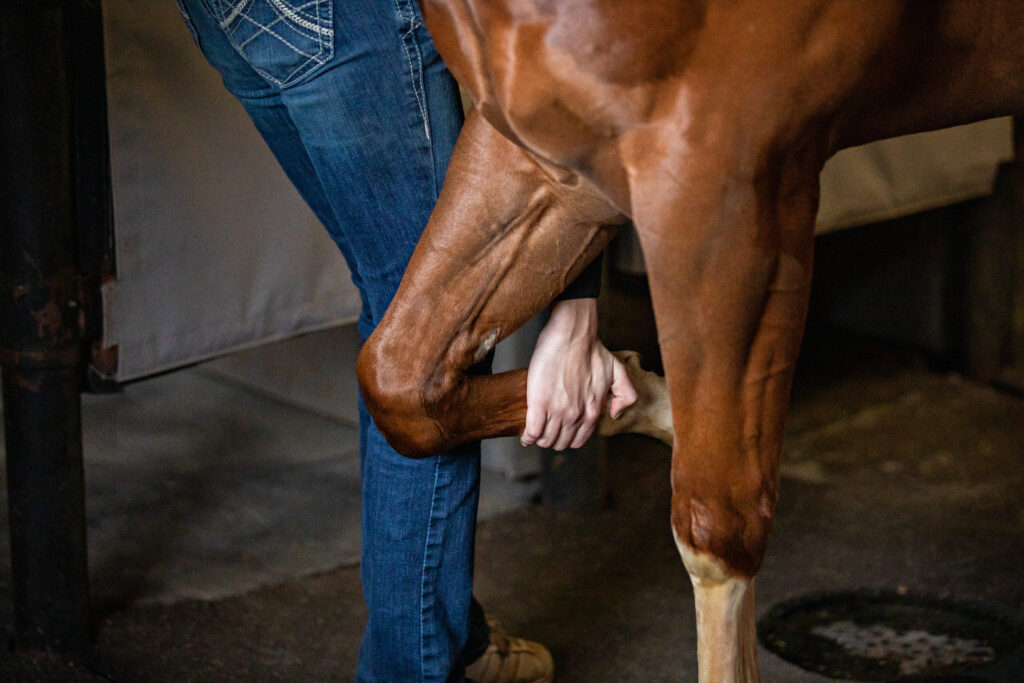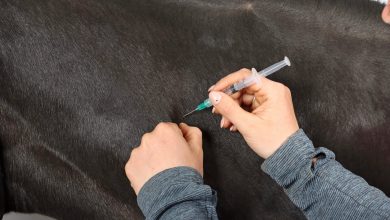Health & DietHorse
Is Your Horse Suffering from Arthritis?

This article is part of our Navigating Equine Arthritis Awareness Campaign, brought to you by American Regent Animal Health.
Arthritis is a common condition that affects horses, causing inflammation and stiffness in their joints. Identifying the signs of arthritis in your horse is crucial for maintaining his quality of life and ensuring he receives the necessary care and treatment. Here are some key indicators to help you recognize if your horse is suffering from arthritis:
Look For…
- Lameness or Stiffness: One of the most noticeable signs of arthritis in horses is lameness or stiffness, especially after periods of rest or inactivity. Your horse may show reluctance to move or display an altered gait.
- Swelling and Heat: Arthritic joints can become swollen, warm to the touch, and tender. Palpating the affected area may reveal increased heat and swelling compared to other joints.
- Reduced Range of Motion: Arthritic horses may exhibit a decreased range of motion in the affected joints. He may struggle with activities that require bending or flexing those joints.
- Behavioral Changes: Chronic pain from arthritis can lead to changes in your horse’s behavior. He may become irritable, less willing to perform certain tasks, or show signs of discomfort during grooming or saddling.
- Joint Crepitus: In some cases, you may hear a grating or popping sound (crepitus) when moving the affected joint. This noise is caused by the roughened surfaces of the arthritic joint rubbing against each other.

Why It’s Important to Identify Arthritis in Horses:
- Early Intervention: Early detection of arthritis allows for prompt intervention, which can help manage the condition more effectively. Timely treatment can alleviate pain, improve joint function, and slow down the progression of the disease.
- Quality of Life: Arthritis can significantly impact a horse’s quality of life. By recognizing the signs early on, you can take steps to ensure your horse remains comfortable, active, and able to enjoy his daily activities.
- Prevent Further Damage: Left untreated, arthritis can lead to irreversible joint damage and deteriorating health. By identifying the condition early, you can implement strategies to prevent further degeneration and maintain your horse’s overall well-being.
- Tailored Care: Knowing that your horse is suffering from arthritis enables you to provide personalized care, including appropriate exercise routines, dietary modifications, and veterinary interventions tailored to his specific needs.
If you suspect your horse is suffering from arthritis, it’s important to talk with you vet to plan a course of treatment. Just like humans, horses with arthritis can still lead long and happy lives, with some careful planning and prompt attention.



